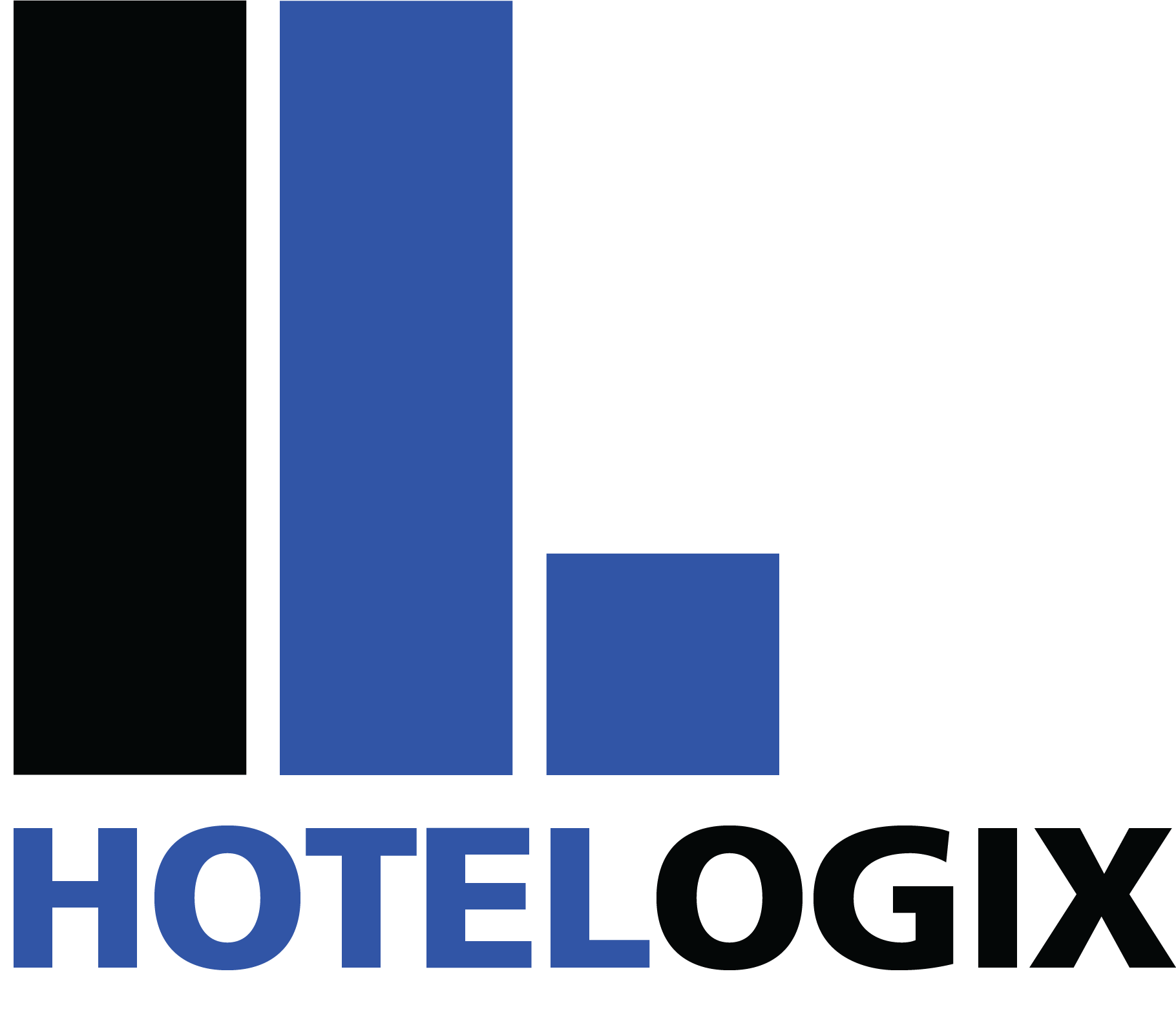Distribution is a critical area for hotels today. With competition in the industry intensifying every year, hoteliers can no longer get by with traditional management practices and continue to remain profitable. Consumer spending trends are changing every year and with new groups of travelers constantly emerging, properties need to be able to cater to a wider, diverse group of guests in order to maximize profitability. Unfortunately, focusing on global distribution & improving occupancy can be no simple feat without the right tools.
The cloud has transformed the way hoteliers manage the core operations of their business, enabling them to automate a number of tasks and streamline processes. While similar tools have been available for a long time, the high costs involved rendered them unaffordable for small and mid-sized businesses. The cloud has changed that – with service providers incurring the infrastructure and other capital expenses, subscribers of the service pay only for the service. This pay-as-you-go model levelled the playing ground, enabling even small properties to make use of enterprise-level solutions.
Automating distribution makes things easier for staff
Hotels today have a number of options when it comes to distribution and the sheer volume of platforms available can get overwhelming at times, especially when it comes to integrating to all these channels. While these portals display the hotel’s rooms on a global network that’s visible to millions of guests, it can complicate affairs for managers. Everytime a new booking is made, managers will have to manually update inventory across all channels and any changes in pricing will have to be implemented individually. In a small hotel where multiple responsibilities are carried out by few staff, such time-consuming tasks can compromise on the guest experience.
There are two main tools that hotels can utilize to simplify their distribution today –
1. Channel Manager:
Channel managers connect the property to online booking platforms such as OTAs, meta-search engines, brand website, social media and so on. Any bookings made online will instantly be reflected in room availability across all portals. Additionally, hotels can easily implement revenue management strategies and update rates on all channels from one point-of-control. This saves valuable time for the staff, who would otherwise have to spend hours setting rates individually on all channels and modifying inventory everytime a new booking is made.
2. Property Management System:
Modern property management systems are generally hosted on the cloud, enabling better optimization to other cloud-based tools such as channel managers and revenue management systems. While online bookings are organized by the channel manager, two-way XML connectivity also ensures that any incoming reservations coming from offline sources are also instantly reflected on all online portals, whether they’re made online via OTAs or offline from travel agents or even walk-ins. These updates are also made in real-time, so any risk of encountering double-bookings is eliminated.
With the PMS and channel manager helping to optimize distribution, managers can devote more of their time to guests and help them make the most of their stay. This helps improve the guest experience, improves loyalty, and can also help generate more positive reviews! Isn’t it incredible how a bit of automation can positively impact your property’s growth?
—






